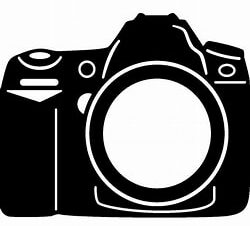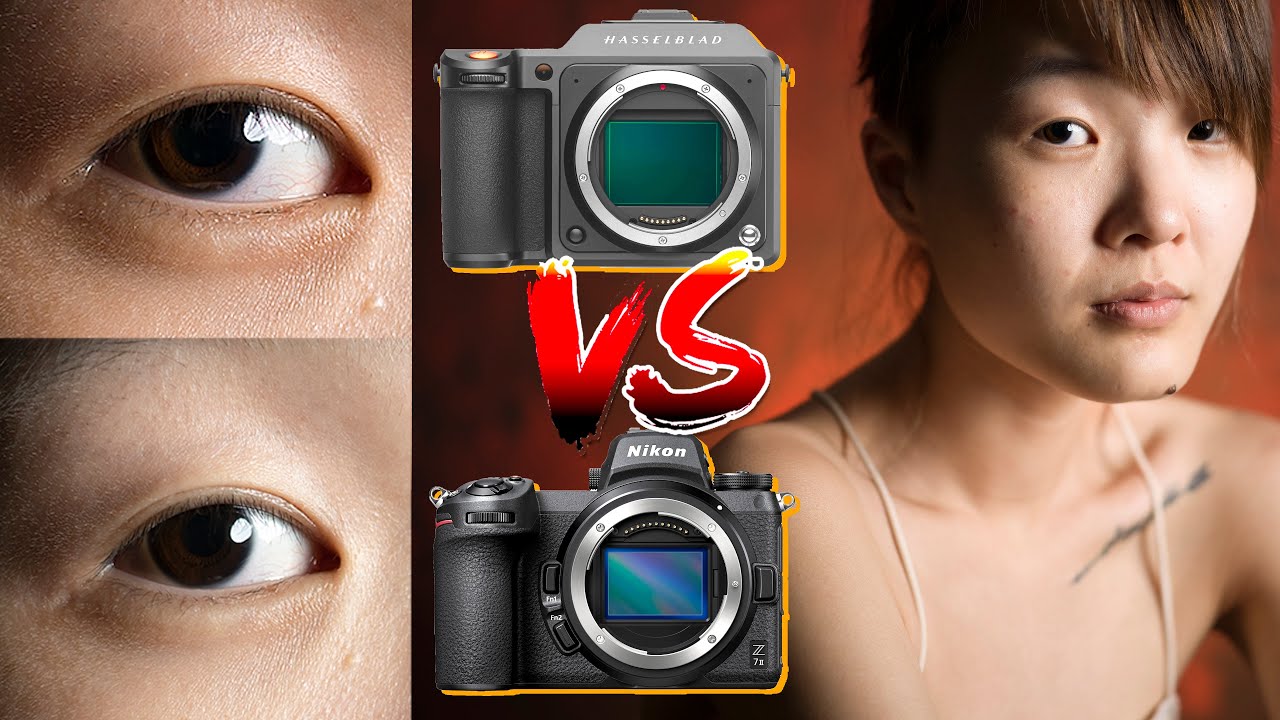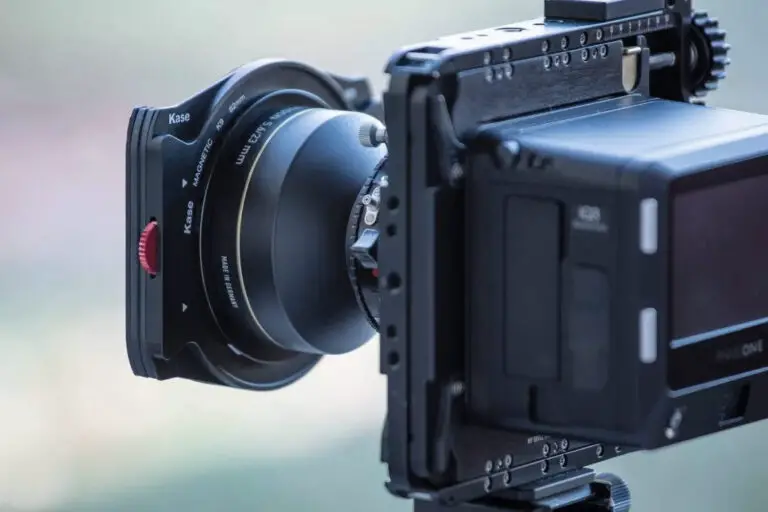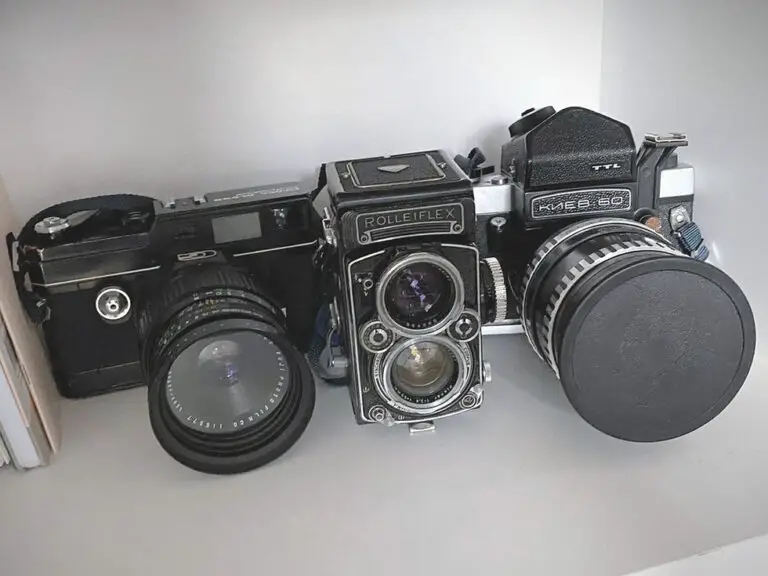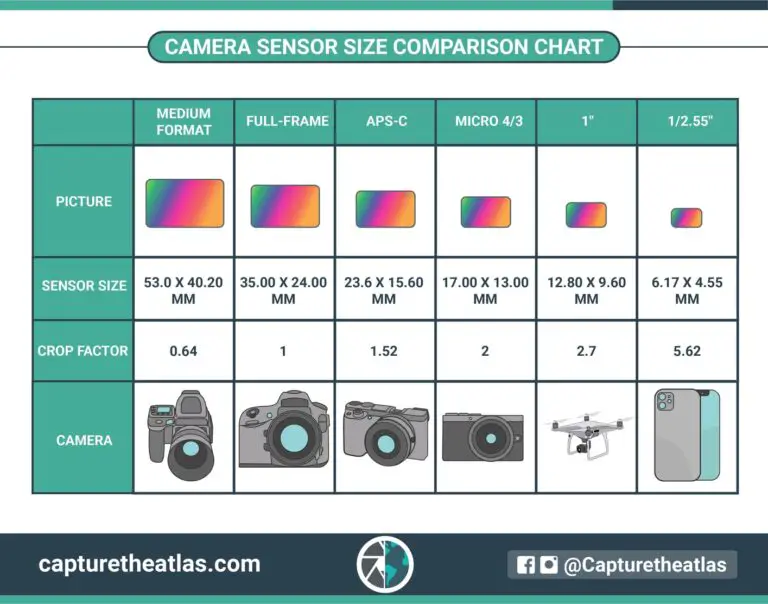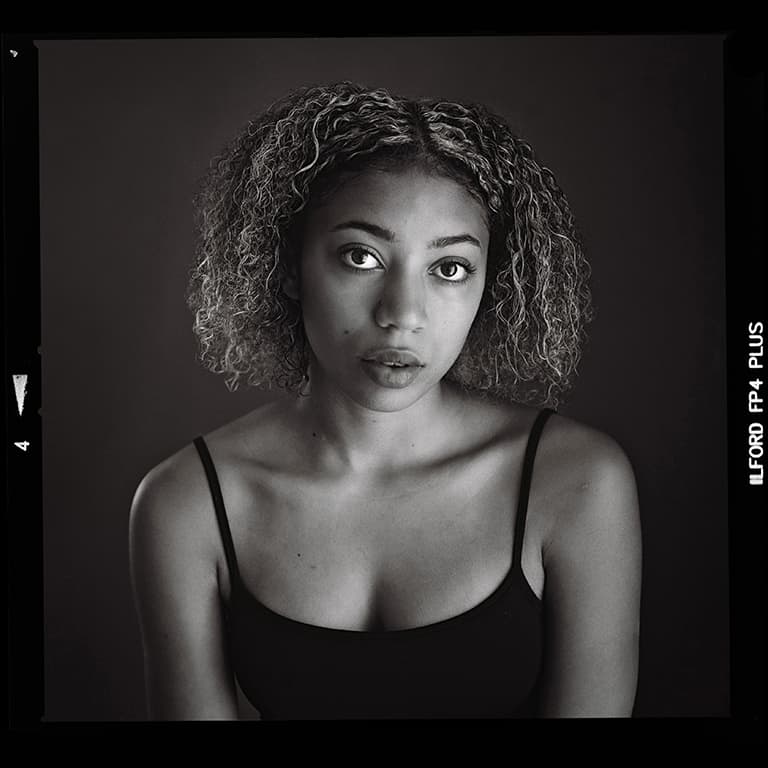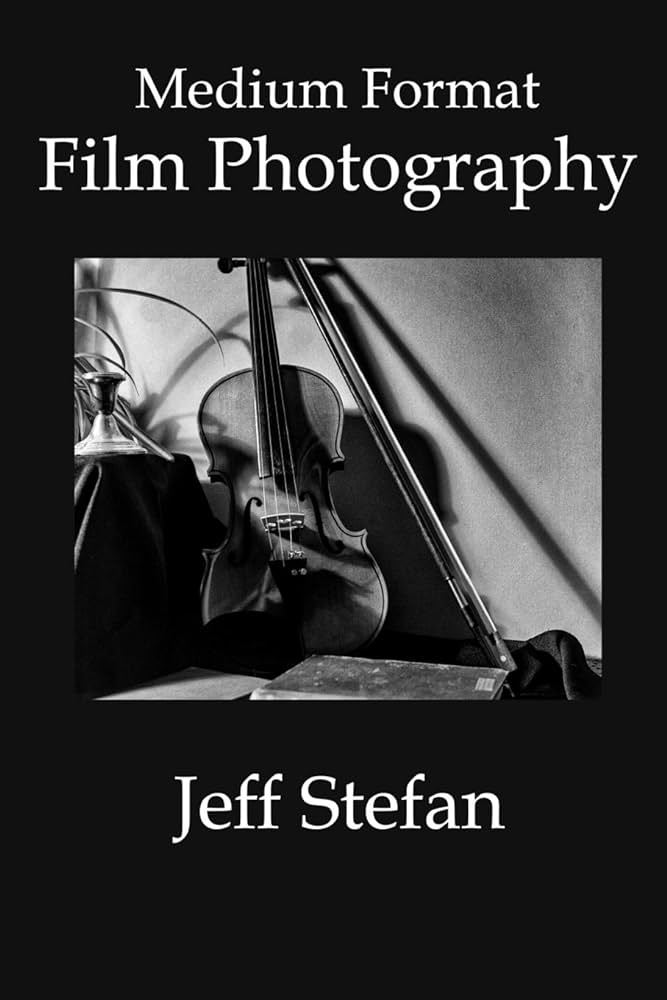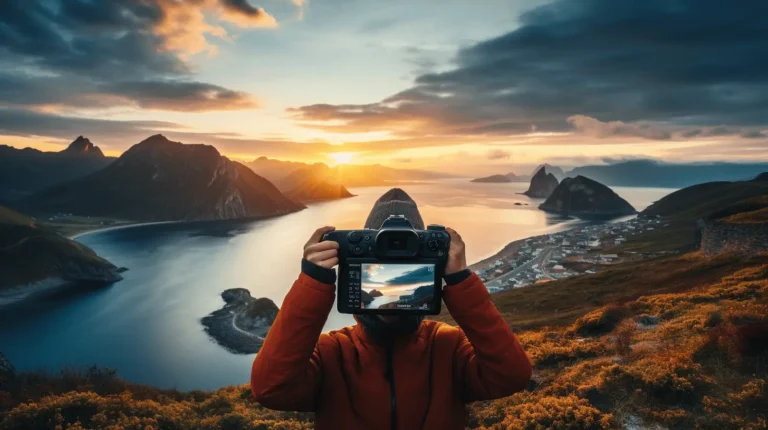Medium Format vs. Full Frame: Understanding Image Quality Differences
In the world of photography, the war of formats between Medium Format (MF) and Full Frame (FF) cameras has stirred a lively debate among enthusiasts and professionals alike. Each format has its loyal followers and technological advancements. But what really sets them apart, and under what circumstances would one format decisively outshine the other?

Introduction
Photography, at its core, is about capturing moments and telling stories through images. Implicit in this process is the relentless pursuit of quality — something that Medium Format and Full Frame cameras excel at, albeit through different mechanisms. This article endeavors to shed light on the nuances of these formats so that photographers can make an informed decision that best suits their creative vision and practical needs.
Medium Format Cameras
Definition and Characteristics: The medium format refers to the size and shape of the film or sensor used in the camera. It is larger than what is found in 35mm (full-frame) cameras but smaller than large format cameras. Typically, medium format digital sensors are around 3 times the size of a full-frame sensor.
Image Quality Advantages: The larger sensor size directly translates to a collection of image quality improvements. Medium format cameras offer greater dynamic range, better tonal gradation, and improved color rendering, which result in more detailed and lifelike images.
Suitability for Professional Use: Due to their superior image quality, medium format cameras have been a staple in the arsenals of professional photographers, particularly in the realms of fashion, portrait, and landscape photography where detail and color are paramount.
Full Frame Cameras
Definition and Features: Full Frame sensors are the same size as 35mm film (36mm x 24mm), which is the standard for 35mm film cameras and digital SLRs. These sensors are considered the bridge between conventional smaller sensors and the area that medium format sensors occupy.
Image Quality Comparisons with Medium Format: While full frame cameras cannot quite match the image quality prowess of medium format cameras, they do offer a significant bump from APS-C and micro four-thirds systems. They provide a balance between image quality and portability that suits a broader range of applications.
Practical Considerations for Photography Enthusiasts: For the amateur photographer or the professional on the go, full frame cameras are often the go-to choice. They offer the benefit of excellent image quality without the bulk and cost associated with medium format systems.
Key Differences in Image Quality
Resolution and Detail
The higher megapixel count and the larger sensor size of medium format cameras results in significantly more detail in the images they produce. This is especially invaluable in commercial photography where cropping and resizing are common practices.
Dynamic Range and Tonal Range
Both metrics are substantially better in medium format, allowing for the capture of a wider range of shades and highlights. This is particularly useful in high-contrast scenes, ensuring details are neither lost in the shadows nor washed out in the highlights.
Low Light Performance
Medium format cameras also tend to perform better in low light than their full frame counterparts due to larger pixel size and better signal-to-noise ratios. This translates to cleaner images when shooting in challenging lighting conditions.
Comparative Analysis
When comparing medium format and full frame cameras, context is key. A medium format might be the undisputed champion in controlled studio conditions, but a full frame camera could outperform in rapid response street photography due to its faster shooting rates and smaller size.
Pros and Cons of Medium Format and Full Frame for Different Photography Needs
Medium Format Pros:
- Detail and sharpness
- Color accuracy
- Large potential for cropping
- Superior for studio and controlled lighting situations
Medium Format Cons:
- Slower operation
- Bulkier, heavier bodies
- Typically much higher cost
- Limited options for fast lenses
Full Frame Pros:
- Good balance between image quality and portability
- Wider range of lens options
- Better in low light conditions
- Versatile across different photography environments
Full Frame Cons:
- Slightly less detail compared to medium format
- Some reduction in dynamic range and tonal range
- Less color depth
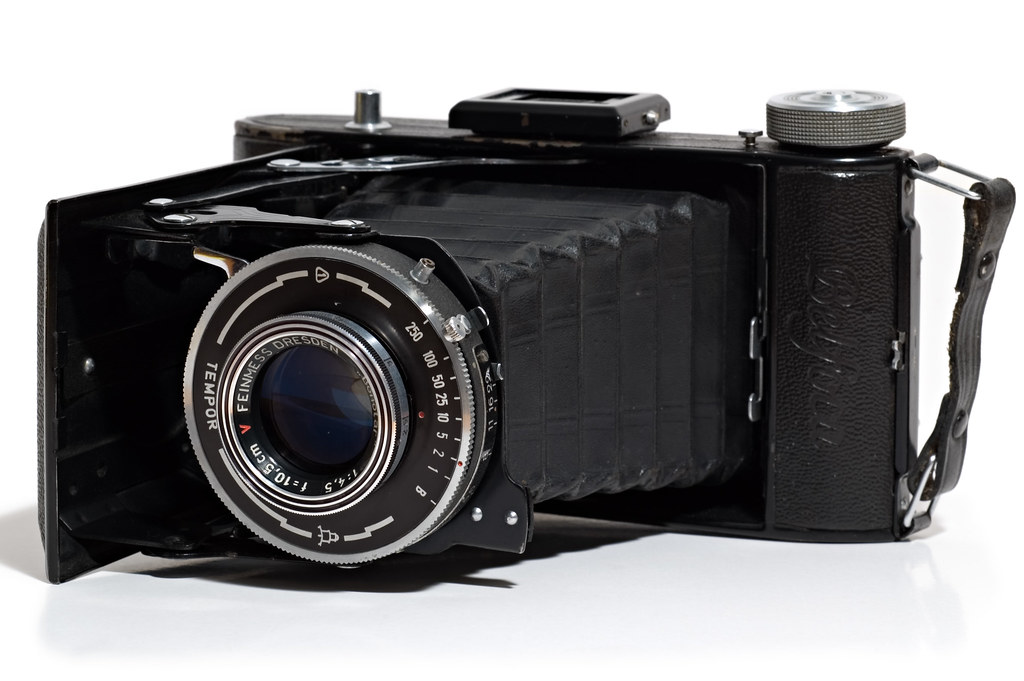
Recommendations based on specific use cases
For professionals who prioritize image quality and are willing to invest in the necessary equipment and workflow infrastructure, medium format cameras are a clear choice. However, full frame cameras hold their ground for high-quality imaging in a more versatile, day-to-day shooting scenarios.
Conclusion
The choice between medium format and full frame cameras is not simply about which one is better but about which one is better suited to the task at hand. We hope that this exploration has expanded your knowledge and curiosity to experiment with both formats. Remember, the ultimate measure of a camera’s worth is how it aids your creative expression and helps you tell the stories that you as a photographer are passionate about.
